Citizens are more likely to see government agencies as lumbering, inefficient bureaucracies than as organizations that produce outstanding customer service, achieve high-quality performance and demand accountability. It doesn’t have to be that way. Veterans Administration human resources expert Stewart Liff outlines methods and tools government managers can use to make their staff members more effective and client-oriented, and to guide them to focus on doing a great job. Liff is a government HR pro, but you don’t have to be an expert to benefit from his book. If you’re looking to inject some enthusiasm and accountability into the government operation you manage, getAbstract recommends this handy guide.
When Government Works – and When It Doesn’t
The 1993 US Government Performance and Results Act aimed to improve how units function throughout the federal government. The law made departments and agencies create far-reaching operating blueprints listing specific aims and explaining how these government offices would reach those goals. Objectives included instituting accountability, streamlining processes, improving client service and boosting management techniques. These goals may sound basic to private sector workers, but good management can be more difficult in a government setting, due to these limitations:
- Budgeted funds can take years to filter down to departments or divisions.
- Personnel processes protecting against discrimination can slow operations.
- Government units often must set up shop in high-cost areas such as Washington, DC.
- Managers often settle for fair or poor performance instead of enforcing improvements.
- Politically warped legislation can create unforeseen operational difficulties.
- Government offices work in the open, subject to the opinions of the General Accounting Office, the Office of Management and ...









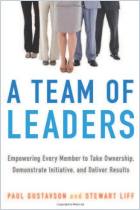
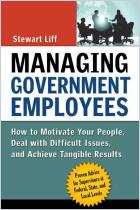

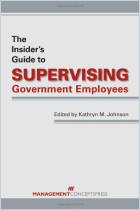

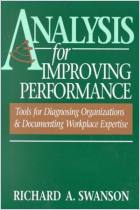

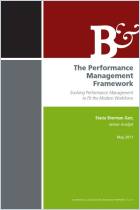





Comment on this summary or 开始讨论